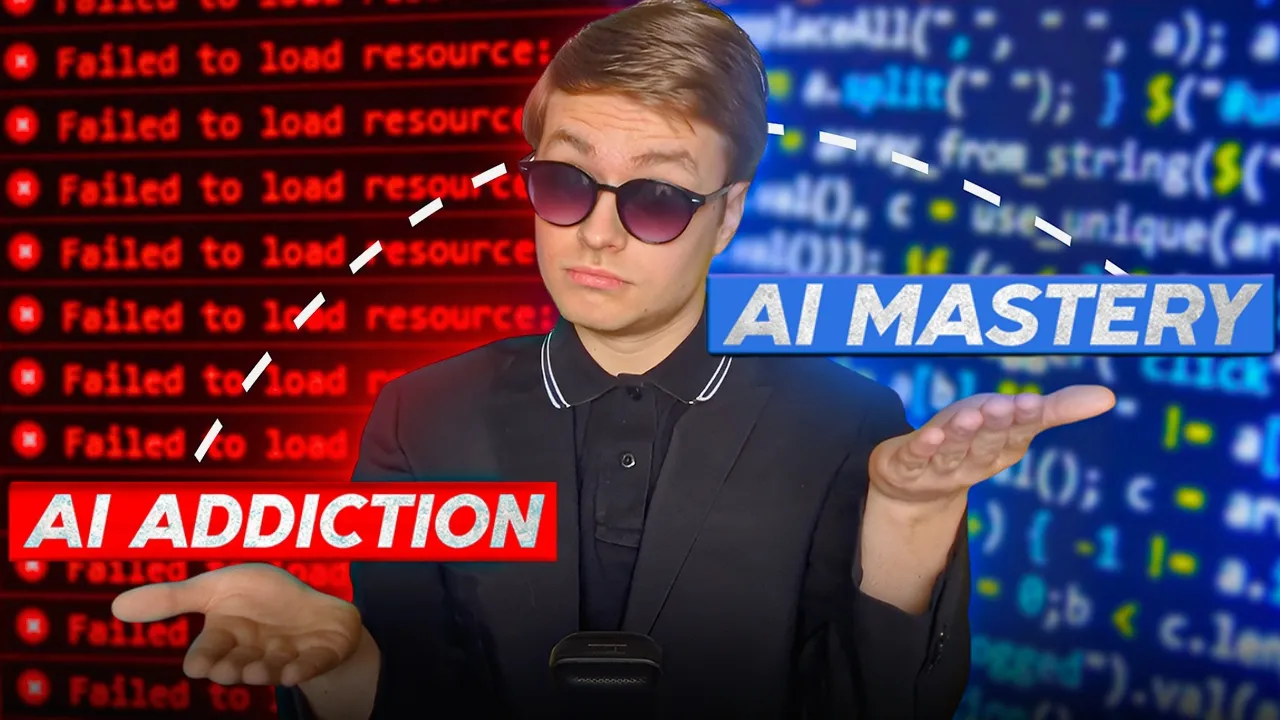The Three-Strike Approach to Responsible AI Programming
The allure of AI programming assistants is undeniable—instant solutions, rapid prototyping, and efficient code generation can dramatically accelerate development. However, this convenience comes with a hidden cost: diminishing problem-solving abilities and an increasing dependence on AI for even basic programming tasks. The three-strike approach offers a practical framework for maintaining balance.
The Psychology of AI Dependence
AI tools provide an immediate dopamine response—ask a question, receive an answer. This instant gratification can rewire how programmers approach problems, creating a preference for quick AI solutions over deeper understanding. This challenge becomes especially critical for engineers following comprehensive AI career development paths where foundational skills remain essential for long-term success. Over time, this pattern can erode fundamental programming skills and reduce the ability to tackle complex problems independently.
What begins as efficiency can gradually transform into dependency, leaving developers vulnerable when AI tools provide incorrect or incomplete solutions—a common occurrence that experienced programmers readily acknowledge despite the hype surrounding these technologies.
The Three-Strike Framework
The three-strike approach provides a simple but effective boundary for responsible AI usage:
- First attempt: Use AI to generate an initial solution
- Second attempt: If the first solution fails, refine your prompt and try again
- Third attempt: If still unsuccessful, modify your approach with the AI tool one last time
- After three strikes: Step away from AI and use traditional programming resources—documentation, Stack Overflow, or first principles problem-solving
This framework prevents the endless cycle of AI prompting that can occur when developers become overly reliant on AI assistance, forcing a return to fundamental programming skills when appropriate.
Building Mental Resilience Through Intentional Practice
Beyond the three-strike rule, intentionally scheduling AI-free work periods strengthens programming fundamentals:
- Designate specific timeframes (hours or full days) to work without AI assistance
- Use these periods to identify knowledge gaps and skill weaknesses
- Create focused learning plans based on the difficulties encountered
- Gradually rebuild any atrophied programming skills through deliberate practice
These deliberate breaks from AI assistance serve as diagnostic tools, revealing which programming skills require reinforcement and preventing complete dependence on external systems.
Recognizing When Traditional Methods Excel
Despite their capabilities, current AI systems struggle with certain programming scenarios:
- Complex debugging requiring deep system understanding
- Performance optimization with subtle constraints
- Security-sensitive implementations
- Highly specialized domain knowledge
In these areas, traditional programming resources often provide more reliable guidance. The three-strike approach helps developers recognize when to pivot to these alternative resources instead of forcing an AI solution.
The Sustainable Programmer’s Mindset
Ultimately, the three-strike approach isn’t about limiting AI usage but about fostering a mindset of balanced reliance. It encourages programmers to:
- View AI as an accelerator rather than a replacement for skills
- Maintain ownership of problem-solving processes
- Develop judgment about when AI is helpful versus when traditional approaches are superior
- Preserve the mental capacity for deep technical challenges
This balanced approach creates sustainable development practices where AI enhances rather than replaces fundamental programming abilities. For developers working on building impressive AI portfolios, maintaining this balance ensures their work demonstrates both AI proficiency and solid engineering fundamentals.
To see exactly how to implement these concepts in practice, watch the full video tutorial on YouTube. I walk through each step in detail and show you the technical aspects not covered in this post. If you’re interested in learning more about AI engineering, join the AI Engineering community where we share insights, resources, and support for your journey. Turn AI from a threat into your biggest career advantage!

